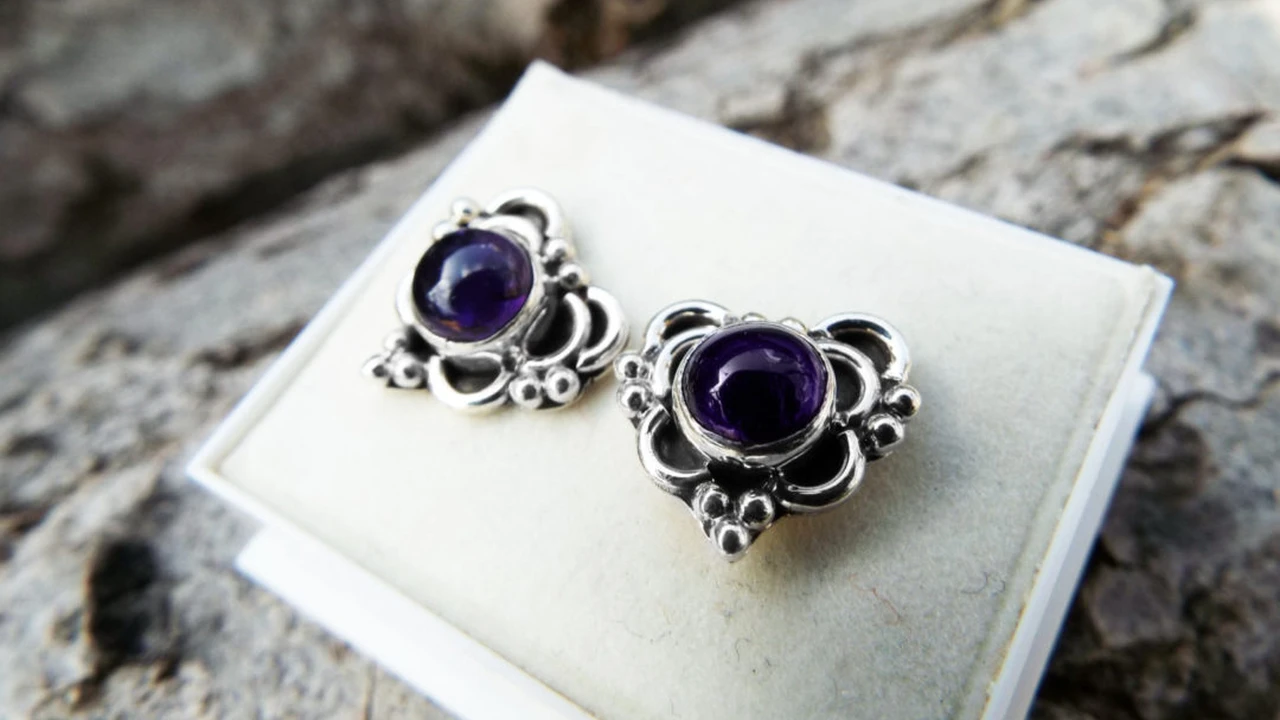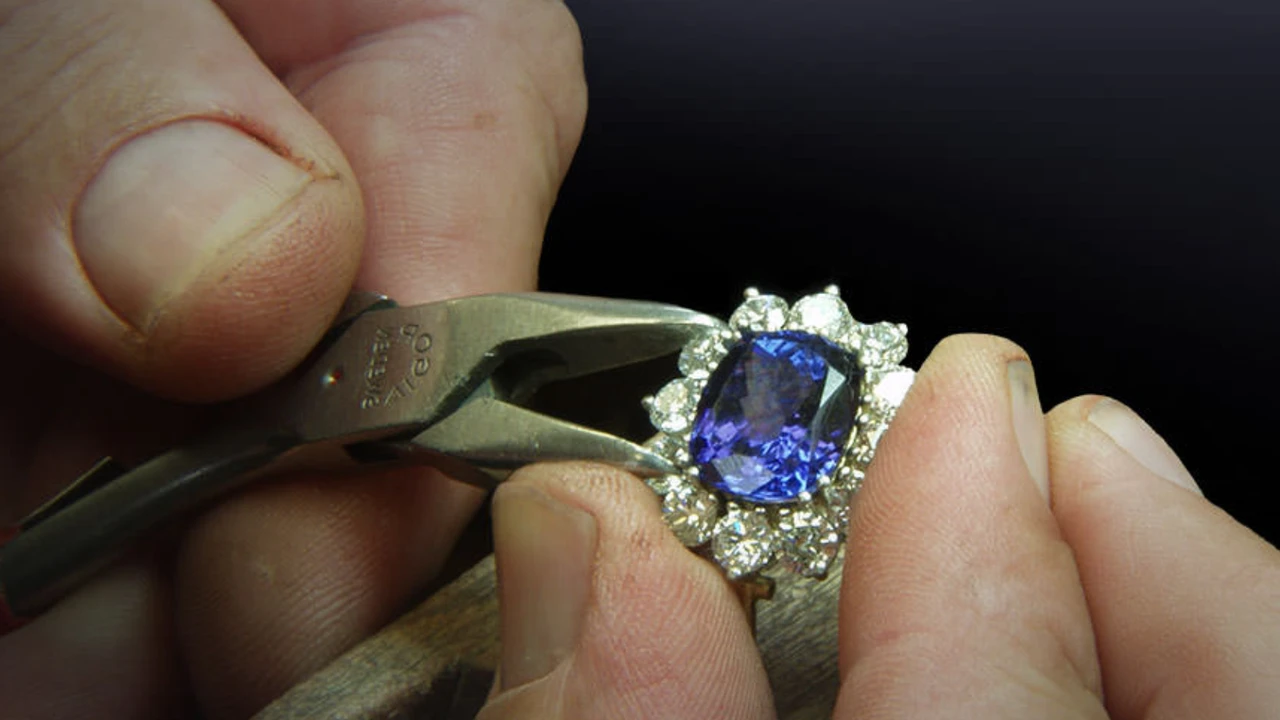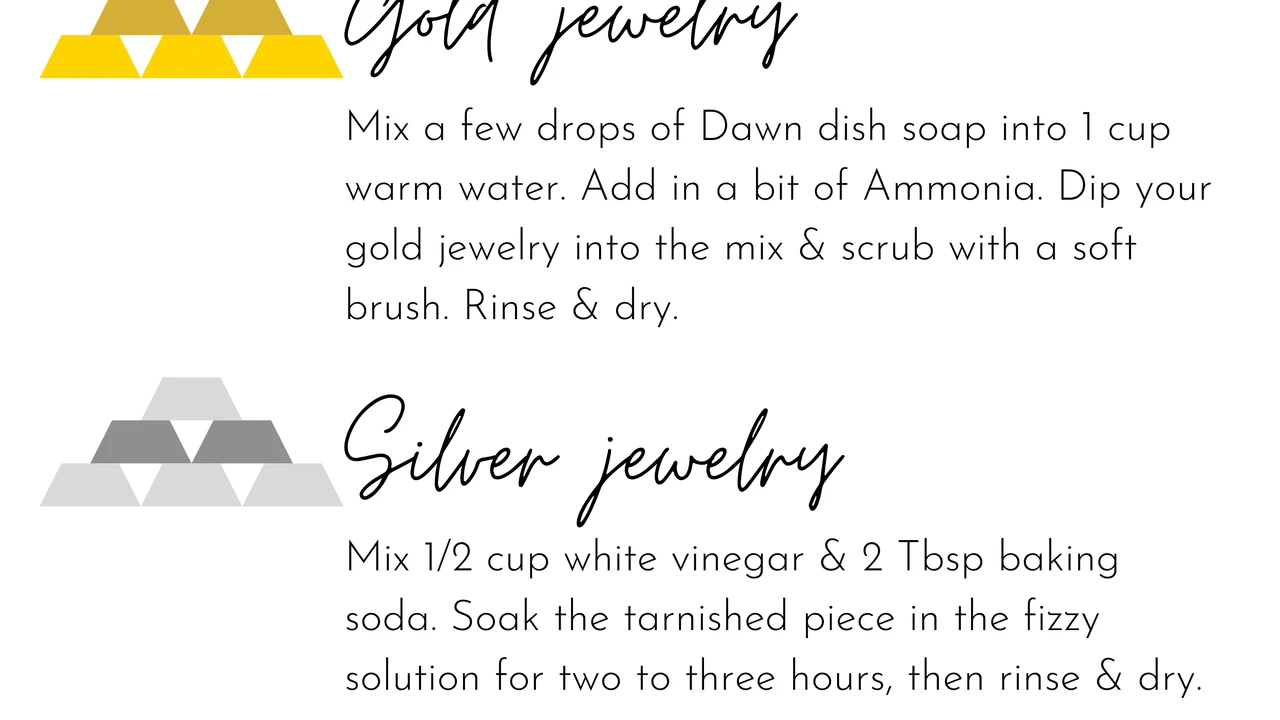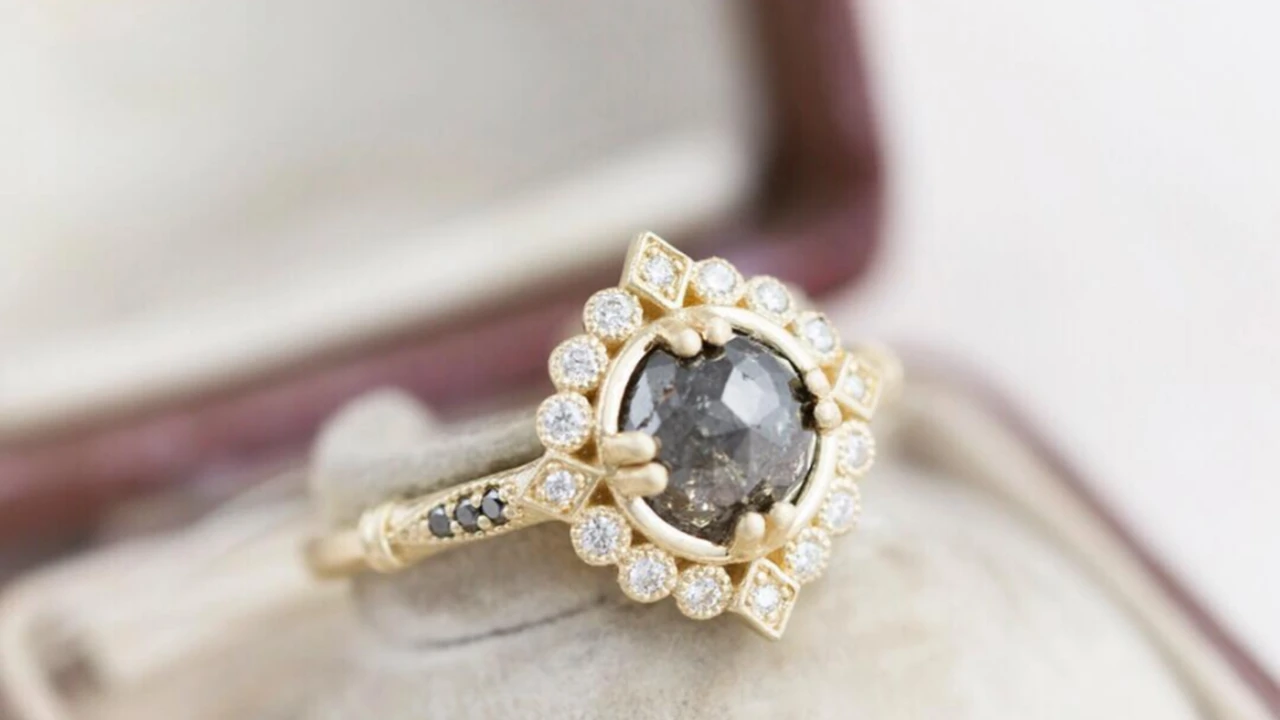Antique Amethyst Jewelry A Guide to Purple Perfection
Explore the regal beauty of antique amethyst jewelry Learn about different shades of purple, their historical significance, and how to identify genuine amethysts.

What Makes Antique Amethyst Jewelry Special?
Hey there, jewelry lovers! Let's dive into the captivating world of antique amethyst jewelry. What's so special about it? Well, amethysts have been prized for centuries, not just for their stunning purple hues, but also for their perceived mystical powers. In antique pieces, you'll find amethysts set in unique and intricate designs, reflecting the styles and craftsmanship of bygone eras. These aren't just pretty stones; they're little pieces of history!
A Quick History of Amethyst in Jewelry
Amethyst has a rich history, dating back to ancient civilizations. The Greeks believed it protected against drunkenness (hence the name, derived from 'amethystos,' meaning 'non-intoxicated'). Romans used it for signet rings, and Egyptians adorned themselves with amethyst amulets. Throughout the Victorian era, amethyst became incredibly popular, often incorporated into mourning jewelry and elaborate parures. Its regal color made it a favorite among royalty and the upper class. So, when you're admiring a piece of antique amethyst jewelry, remember you're holding a stone with centuries of stories!
Different Shades of Purple: Understanding Amethyst Colors
Not all amethysts are created equal! The color range varies from a light, delicate lilac to a deep, rich violet. The most sought-after shades are those with a strong, even color saturation and minimal zoning (uneven color distribution). Here’s a breakdown:
- Rose de France: A pale, delicate lavender shade, often found in antique pieces.
- Siberian Amethyst: The most prized variety, boasting a deep, intense purple with red flashes. This is a rare find!
- Brazilian Amethyst: A more common variety, ranging from medium to dark purple.
- African Amethyst: Typically smaller stones with a deep, rich purple color.
When evaluating an antique amethyst, consider the color intensity and evenness. A well-colored amethyst will command a higher price.
Identifying Genuine Antique Amethysts
With any antique gemstone, authenticity is key. Here are a few things to look for:
- Inclusions: Natural amethysts often have small inclusions (internal imperfections). While a perfectly flawless stone might seem desirable, it could be a sign of a synthetic stone. Use a jeweler's loupe to examine the stone closely.
- Color Zoning: As mentioned earlier, natural amethysts often exhibit color zoning. Look for variations in color intensity throughout the stone.
- Setting: The setting can provide clues about the age of the piece. Look for hallmarks or maker's marks on the metal. The style of the setting should also be consistent with the purported era.
- Provenance: If possible, ask about the history of the piece. A reputable dealer should be able to provide information about its origin and authenticity.
- Get it Appraised: If you're serious about buying an antique amethyst, consider getting it appraised by a qualified gemologist.
Antique Amethyst Jewelry Styles: A Look at Different Eras
The style of antique amethyst jewelry varies depending on the era:
- Georgian (1714-1830): Amethysts were often set in closed-back settings with intricate metalwork. Think elaborate pendants and brooches.
- Victorian (1837-1901): Amethyst jewelry became incredibly popular during the Victorian era. Look for pieces featuring delicate filigree, seed pearls, and intricate engravings. Mourning jewelry often incorporated amethysts.
- Art Nouveau (1890-1910): Art Nouveau designs embraced flowing lines, organic motifs, and natural themes. Amethysts were often paired with enamel and other gemstones.
- Edwardian (1901-1910): Edwardian jewelry emphasized elegance and lightness. Amethysts were often set in platinum or white gold with delicate diamond accents.
- Art Deco (1920s-1930s): Art Deco designs featured geometric shapes, bold colors, and streamlined silhouettes. Amethysts were often paired with onyx and other contrasting gemstones.
Recommended Antique Amethyst Jewelry Pieces
Alright, let's get to the fun part! Here are a few specific examples of antique amethyst jewelry you might encounter, along with details and hypothetical pricing.
1. Victorian Amethyst and Seed Pearl Brooch
Description: A stunning Victorian brooch featuring a large, oval-cut amethyst surrounded by delicate seed pearls. The setting is made of 14k yellow gold with intricate filigree detailing. The brooch has a secure pin clasp.
Usage Scenario: This brooch would be perfect for adding a touch of vintage elegance to a blazer, dress, or even a scarf. It’s a statement piece that will definitely turn heads.
Comparison: Compared to a modern amethyst brooch, this antique piece offers a unique level of craftsmanship and historical significance. The seed pearls add a delicate touch that is often missing in contemporary designs.
Price: Estimated at $800 - $1200, depending on the size and quality of the amethyst and the condition of the setting.
2. Art Deco Amethyst and Diamond Ring
Description: A striking Art Deco ring featuring a rectangular-cut amethyst flanked by baguette-cut diamonds. The setting is made of platinum with geometric detailing.
Usage Scenario: This ring is a showstopper! It would be perfect for a special occasion or for adding a touch of Art Deco glamour to your everyday look.
Comparison: Compared to other Art Deco rings, the amethyst provides a pop of color that is both eye-catching and sophisticated. The diamonds add a touch of sparkle without overpowering the amethyst.
Price: Estimated at $2500 - $4000, depending on the size and quality of the amethyst and diamonds, and the condition of the ring.
3. Georgian Amethyst Pendant Necklace
Description: A rare Georgian pendant necklace featuring a pear-shaped amethyst set in a closed-back silver setting. The pendant is suspended from a delicate silver chain.
Usage Scenario: This necklace is a true heirloom piece. It would be perfect for wearing on special occasions or for displaying in a collection. Due to its age, extra care should be taken when wearing it.
Comparison: Georgian jewelry is incredibly rare, making this pendant a valuable find. The closed-back setting is a characteristic feature of Georgian jewelry, adding to its historical charm.
Price: Estimated at $3000 - $6000, depending on the size and quality of the amethyst, the condition of the setting, and its provenance.
4. Edwardian Amethyst and Pearl Earrings
Description: Elegant Edwardian earrings featuring round amethysts suspended below delicate pearl drops. The settings are crafted from 18k white gold with intricate milgrain detailing.
Usage Scenario: These earrings are perfect for adding a touch of understated elegance to any outfit. They are lightweight and comfortable to wear, making them ideal for both day and evening wear.
Comparison: The combination of amethyst and pearls creates a classic and timeless look. The white gold setting enhances the delicate beauty of the gemstones.
Price: Estimated at $1200 - $1800, depending on the size and quality of the amethysts and pearls, and the condition of the earrings.
5. Antique Amethyst Beads Necklace
Description: A long strand of graduated antique amethyst beads. The beads are hand-knotted and feature a simple clasp.
Usage Scenario: This necklace is incredibly versatile. It can be worn long, doubled, or even tripled for a layered look. It's a great way to add a pop of color to any outfit.
Comparison: Unlike modern amethyst bead necklaces, antique beads often exhibit unique variations in color and shape, adding to their charm. The hand-knotted construction ensures durability and prevents the beads from rubbing against each other.
Price: Estimated at $500 - $1000, depending on the size, color, and quality of the beads, and the length of the necklace.
Caring for Your Antique Amethyst Jewelry
Antique jewelry requires special care to preserve its beauty and value. Here are a few tips:
- Gentle Cleaning: Clean your amethyst jewelry with a soft brush and mild soap and water. Avoid harsh chemicals or abrasive cleaners.
- Proper Storage: Store your amethyst jewelry in a soft pouch or lined jewelry box to prevent scratches and damage.
- Avoid Extreme Temperatures: Amethysts can fade in direct sunlight or extreme heat. Avoid exposing your jewelry to these conditions.
- Professional Cleaning: Consider having your amethyst jewelry professionally cleaned and inspected every few years.
The Enduring Appeal of Antique Amethyst Jewelry
Antique amethyst jewelry offers a unique blend of beauty, history, and investment potential. Whether you're a seasoned collector or just starting out, there's an amethyst piece out there waiting to capture your heart. So, go ahead and explore the world of purple perfection! You might just discover your next treasured heirloom.
:max_bytes(150000):strip_icc()/277019-baked-pork-chops-with-cream-of-mushroom-soup-DDMFS-beauty-4x3-BG-7505-5762b731cf30447d9cbbbbbf387beafa.jpg)






